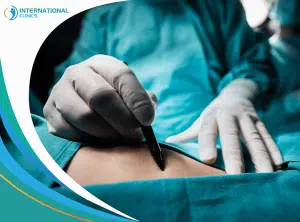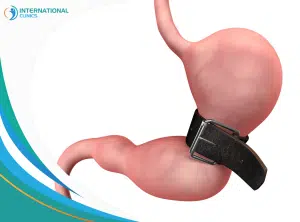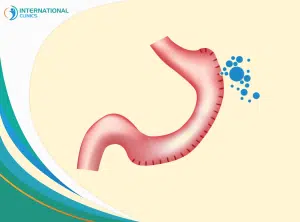The gastric sleeve shouldn’t be a scary or terrifying experience. On the contrary, it should be an opportunity to shed pounds and enhance the quality of life. However, gastric sleeve incisions remain one of the consistent concerns among many patients, especially those who worry a lot about scars.
it’s reasonable to have concerns about the scars that might remain following gastric sleeve in Turkey. After all, the extent of scarring is typically linked to the size of the incisions made during any surgery.
The good news is that bariatric surgeons typically make small incisions when performing gastric sleeve surgery. Luckily, there are many different surgical techniques and innovations in the field that offer less invasive options.
However, some patients are more vulnerable to scars than others, depending on their skin type, pigmentation, and texture. That said, it’s important to understand the various types of gastric sleeve procedures available and how the nature, number, and functions of the incisions.
What Are Gastric Sleeve Incisions?
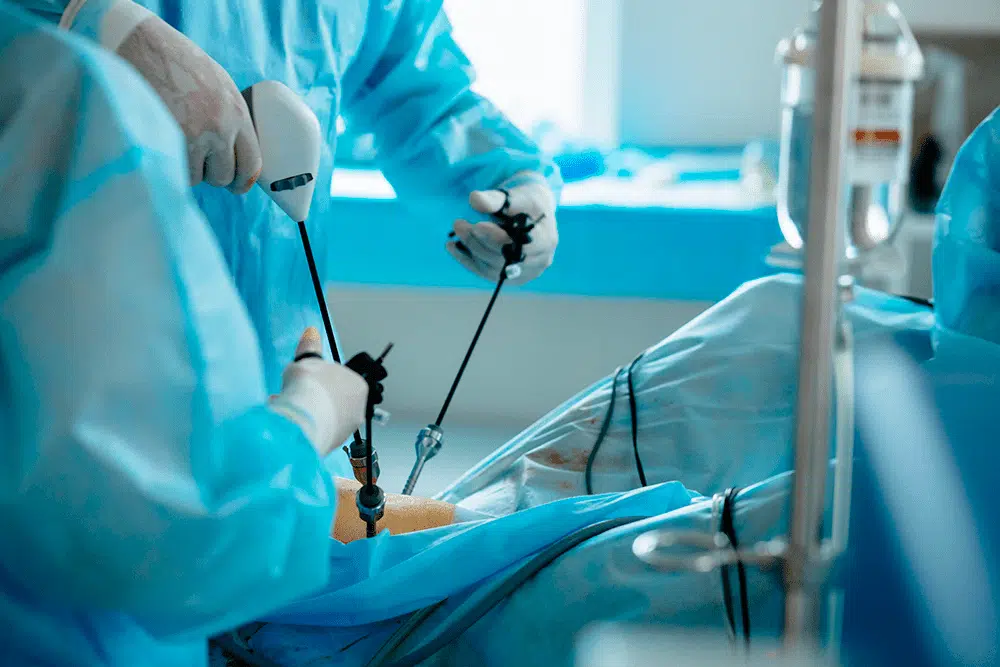
Gastric sleeve incisions refer to the small incisions that your surgeon needs to make on the abdominal wall to provide access to the surgical instruments needed to cut the stomach and complete the surgical procedure.
Surgeons make multiple small incisions to ensure excellent access, flexibility, and safety when performing the surgery. When performing laparoscopic gastric sleeve surgery in Turkey, a small camera is inserted into the abdominal area along with other surgical tools. This approach allows the surgeon to avoid making a large single incision along the abdominal wall.
Gastric sleeve or sleeve gastrectomy is a bariatric procedure that involves the removal of a section of the stomach, leaving behind a small pouch or “sleeve.” This surgical technique has demonstrated its safety and effectiveness in weight loss, but sometimes people opt for revision surgery to gastric bypass if they don’t get the results they’re seeking.
By reducing the size of the stomach, the gastric sleeve limits the amount of food that can be consumed, promoting feelings of fullness and reducing hunger. Additionally, the procedure alters the production of hunger-regulating hormones, which can further support weight loss efforts.
Types of Gastric Sleeve Incisions
Gastric sleeve incisions vary depending on the surgical approach. There are three main approaches, namely open, laparoscopic, and single-incision approaches:
Open Surgery
This is the traditional approach to performing gastric sleeve. During the surgery, your surgeon makes a relatively large incision along the midline of your abdomen to expose the stomach and other organs.
Although a straightforward approach, it comes with its own set of drawbacks, including the risk of incisional hernias and wound complications. Besides, it requires longer hospital stays due to its invasive nature.
Laparoscopic Surgery
Instead of making one large incision, the laparoscopic gastric sleeve procedure involves making 5-6 small incisions around the abdominal area, ranging from 5-15 millimeters in length.
This method allows the surgeon to use surgical tools and a camera inside the abdomen, making the surgery less invasive and less risky.
As a result, you can expect numerous advantages from this approach over the open incision approach, such as fewer post-surgical complications, reduced hospital stay, fewer wound complications, and lower overall risks.
Often surgeons make three ¼ (0.6 cm) inch incisions and two ½ inch (1.2 cm) incisions. Remarkably, some patients might not have any visible scarring once the healing process is complete.
Single Incision Laparoscopic Surgery
During this surgery, your surgeon performs the entire procedure using a laparoscopic approach, but with just a single small incision rather than the traditional five incisions.
According to a study, this approach and traditional laparoscopic approaches have very similar outcomes with no significant difference in surgical time or hospital stay, but the single incision laparoscopic surgery leads to fewer scars, making it aesthetically preferable to some patients.
However, it has a higher risk of gastric sleeve incision hernia compared to traditional laparoscopic gastric sleeve surgeries. It also requires more expertise and precision from the side of the surgeon.
Take a look at: Gastric sleeve cost in Turkey
Number & Functions of Gastric Sleeve Incisions
Most surgeons these days rely on the laparoscopic approach to carry out gastric sleeve and most other types of obesity surgery in Turkey. The surgery involves making small incisions in the abdominal wall to insert small trocars. The diameter of these trocars typically ranges from 5-15 millimeters.
Surgeons must carefully select the appropriate size of the trocar to minimize the size of the incision and reduce the risk of complications. Despite their small size, these incisions can have a significant impact on recovery after the procedure.
During laparoscopic surgery, surgeons usually make 5-7 incisions, but the most frequently used approach is through 5 incisions only. These incisions serve specific purposes or functions. According to a study, laparoscopic surgery can be done with 3 incisions or ports too.
One incision acts as a stomach retraction port, one acts as a camera port, and one acts as a liver retraction port. The remaining two incisions, both 5 mm in size, provide access to surgical instruments. However, depending on the case, the surgeon may need to make additional incisions to complete the procedure effectively.
Risks of Gastric Sleeve Incisions
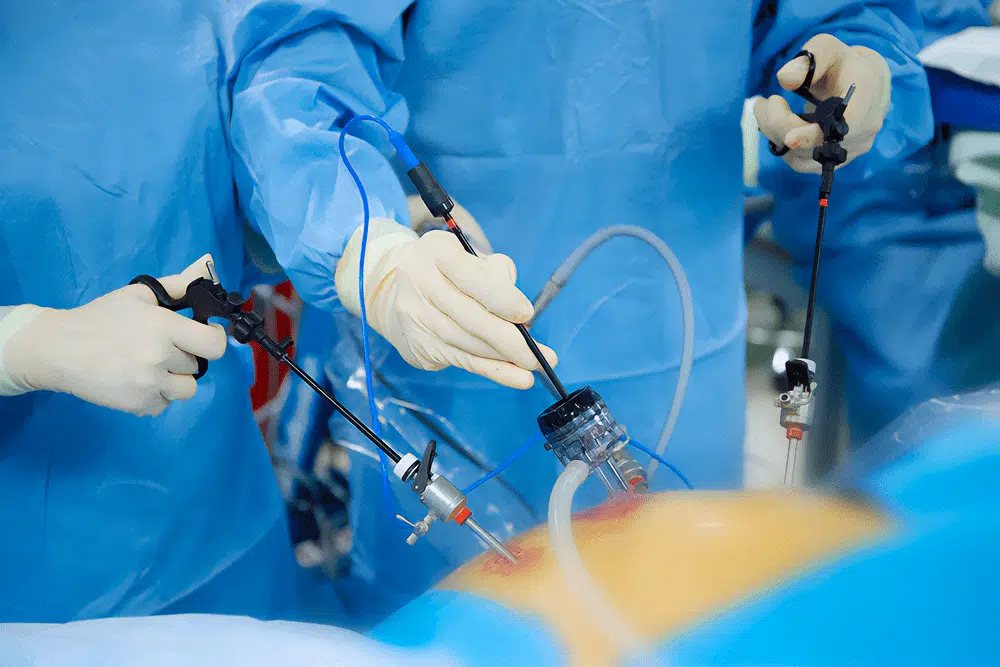
Gastric sleeve surgery involves making relatively small incisions, but these small incisions may carry with them some risks, such as bruising and swelling around the incision sites and abdomen for several weeks afterward. However, these are normal reactions to surgery. The main risks of gastric sleeve incisions include:
- Infection: Infection in the surgical site can lead to critical situations. The size of incisions and their depth and number are some factors that can increase the likelihood of infection. To prevent infections, surgeon often provides their patients with antibiotics before and after the procedure.
- Scars: The main concern of people regarding surgical incisions is scarring. While scarring is a potential concern for those undergoing gastric sleeve surgery, proper education, and aftercare can significantly minimize the appearance of scars. You can minimize scarring by keeping the incision area clean and dry, avoiding prolonged sun exposure, and consuming a nutrient-rich diet.
Recovery After Gastric Sleeve Incisions
When it comes to surgeries, preventing infection is a top priority, and gastric sleeve procedures are no exception. Indeed, surgeons must take extra precautions to avoid infections and scars at the incision site during any surgery.
Thankfully, scars become smoother and softer over time and rarely can become a source of regret, but some may take up to 2 years to fade away. However, certain measures can be taken to facilitate better healing and decrease scar visibility.
Depending on the type of incision used during the surgery, different methods and principles may be employed to reduce the risk of infection and encourage smoother recovery:
- Giving the patient preventative antibiotics
- Keeping blood sugar levels under control before and after the surgery
- Cleaning, drying and preparing the incision site before the surgery
- Minimizing the amount of time spent in surgery
- Prioritizing laparoscopic approach whenever possible
- Keeping the incision covered after the surgery
- Maintaining a clean environment during and after the surgery
- Following all of the gastric sleeve incision care instructions
- Staying active, avoiding smoking, and getting sufficient sleep
The Bottom Line
Gastric sleeve incisions come in different numbers, functions, and shapes. Most people undergo laparoscopic gastric sleeve, which involves the making of 5 incisions. Although small and unpainful, these incisions can leave scars and increase the chances of swelling, bruising, and scars.
International Clinics in Turkey is the go-to destination for international patients who seek affordable, safe, and scarless gastric sleeve procedures. You can contact us immediately using the Contact Us button below.
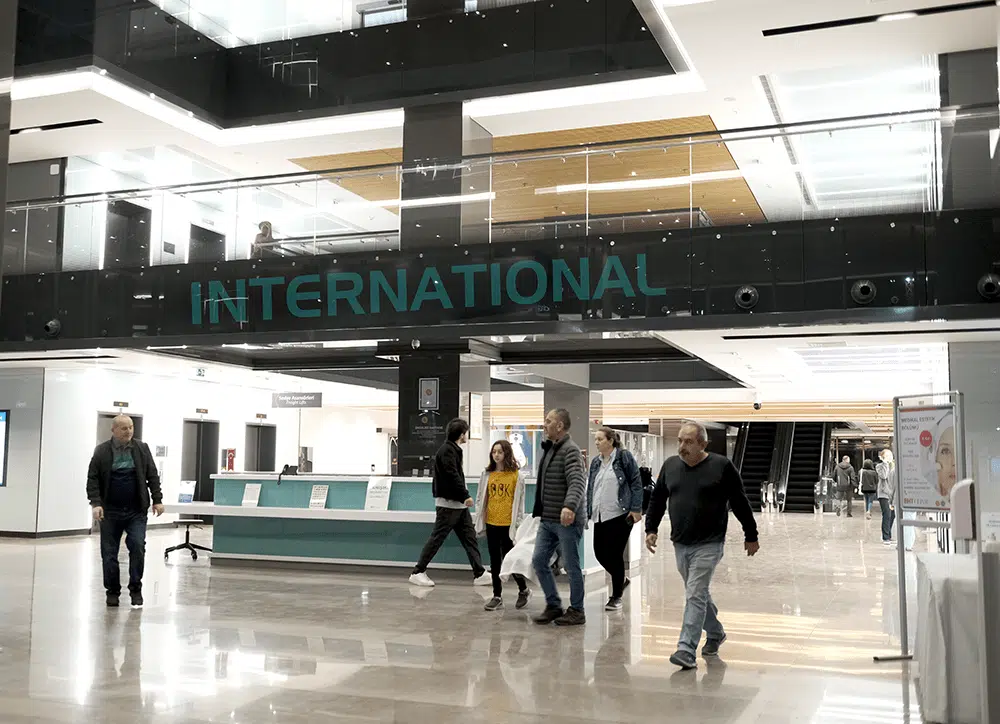
Frequently Asked Questions (FAQs)
How Many Incisions Do You Get With A Gastric Sleeve?
You may get between 1-5 or 7 incisions, depending on the surgical approach used. If you’re surgeon chooses the open approach, you will get just 1 incision; meanwhile, if they choose the laparoscopic approach, you will get 5-6 incisions.
How Long Does It Take for Incisions to Heal After Gastric Sleeve?
Incisions after gastric sleeve often heal in a matter of 7 days. You need, however, to keep the surgical site dry and clean to encourage healing and seamless recovery.
Do You Have Stitches with Gastric Sleeve?
Your surgeon will use stitches to close the cuts in your abdomen. These stitches are usually removed after 1-2 weeks following the procedure. Some types of stitches dissolve on their own, however.
What Are The 5 Incisions for Gastric Sleeve?
The 5 incisions for the gastric sleeve include 3 incisions with 0.25 inch (0.6 cm) in length and 2 incisions with 0.50 inch (1.2 cm) in length. Some surgeons may need to make additional 1-2 incisions.
How Big Is the Cut for a Gastric Sleeve?
The size of the cut for a gastric sleeve depends on the surgical approach. The cut is big (around 2 inches or 5 cm) in the case of open surgery. In contrast, the cut is small for laparoscopic surgery ( around 0.50 inch or 1.25 cm).
How Should I Sleep After Gastric Sleeve?
You should sleep in your back or side after the gastric sleeve to avoid putting pressure on your abdomen and lungs.
Read more:
Gastric Sleeve Surgery Abroad: Best Destinations & Packages
Obesity Surgery Cost in Turkey



